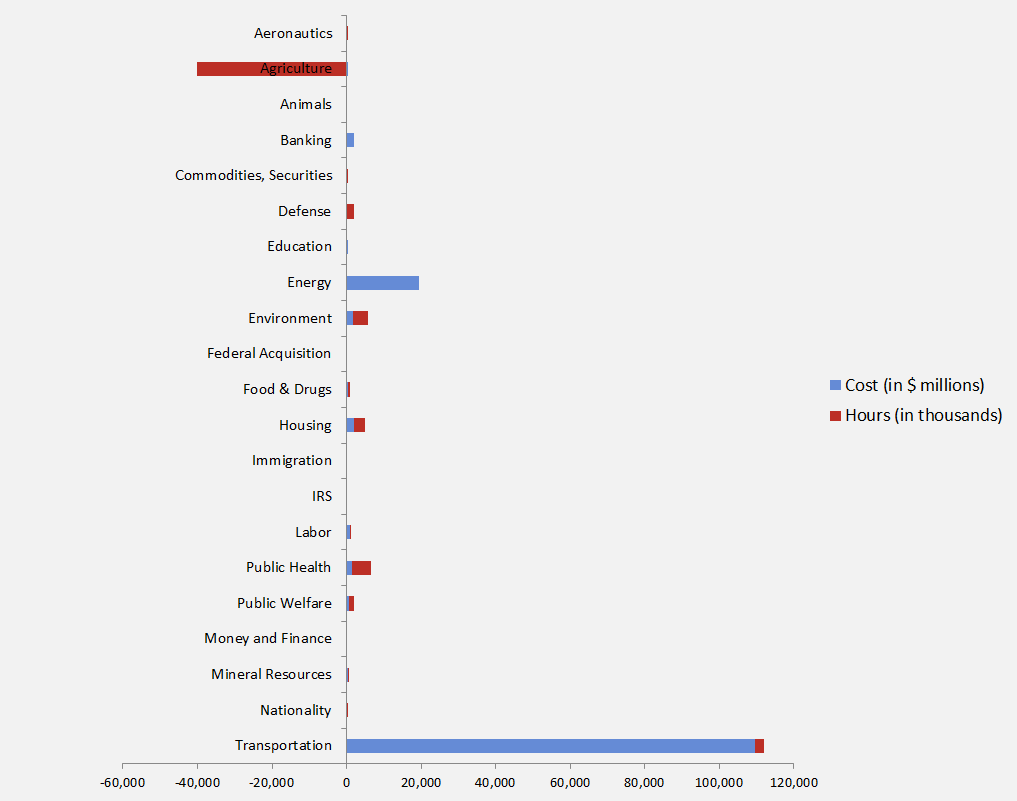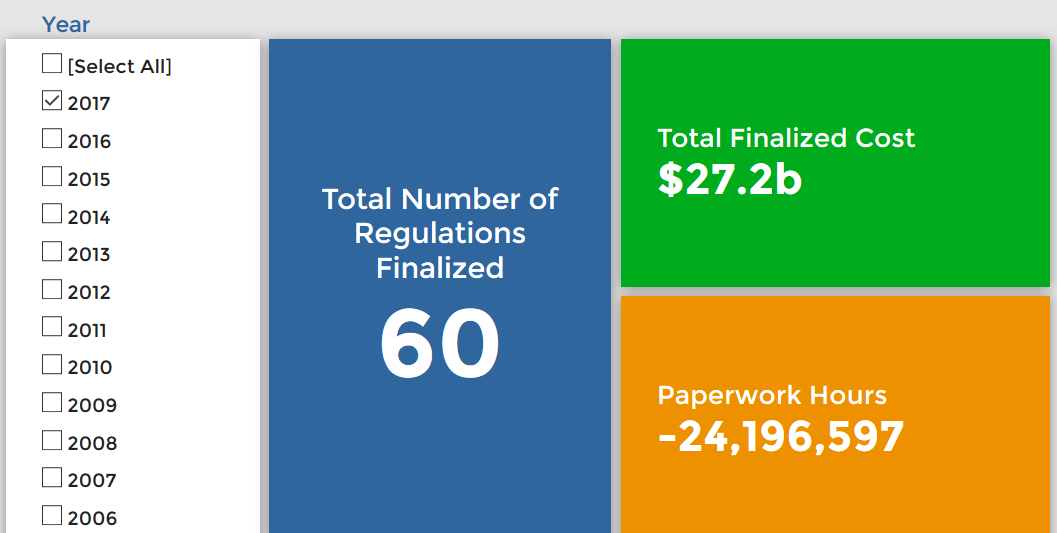U.S. Education Dept. and Common Core Seek to ‘Guide’ State Education Plans
#ESSA provides parents w/ transparent information about their children’s education & how they can help students & schools grow and improve.
— US Dept of Education (@usedgov) March 13, 2017
SIGN UP FOR OUR NEWSLETTER
Under the federal Every Student Succeeds Act (ESSA) – which replaced No Child Left Behind – every state is required to submit its education plan for approval to the USED for the purpose of accountability for taxpayer funds.
While USED has released a “revised consolidated State plan template” that reflects Congress’s recent rollback of additional Obama-era education regulations, the department says two private groups that own the copyright of the Common Core standards may assist states with an “alternative template.”
Streamlining the #ESSA state plan template puts the individual needs of States, localities, schools and students first.
— US Dept of Education (@usedgov) March 13, 2017
In a “fact sheet” released by USED, under secretary Betsy DeVos, the department refers states to the Council of Chief State School Officers (CCSSO) and the National Governors Association (NGA) for assistance “to support the plan submission process.”
CCSSO and NGA are “acknowledged as the sole owners and developers of the Common Core State Standards, and no claims to the contrary shall be made,” the Core’s website states.
USED provides the new rules for state educational agencies (SEAs):
An SEA may submit a consolidated State plan using either the revised template provided by the Department on March 13, 2017 or an alternative template that addresses each requirement identified in the revised template and developed with the Council of Chief State School Officers (CCSSO). If an SEA does not use the revised template provided by the Department, it must submit a table of contents or guide that indicates where the SEA addressed each requirement in its consolidated State plan. To help ensure timely submissions, the National Governors Association will be working closely with Governors, CCSSO and Chief State School Officers to support the plan submission process.
In her statement about the new guidance, DeVos said:
The updated state template will ensure states are able to better serve students with the freedom and flexibility they deserve, and which Congress requires. My philosophy is simple: I trust parents, I trust teachers, and I trust local school leaders to do what’s right for the children they serve. ESSA was passed with broad bipartisan support to move power away from Washington, D.C., and into the hands of those who are closest to serving our nation’s students.
States, along with local educators and parents, are on the frontlines of ensuring every child has access to a quality education. The plans each state develops under the streamlined ESSA template will promote innovation, flexibility and accountability to ensure every child has a chance to learn and succeed.
Though DeVos recently said ESSA “essentially does away with the notion of a Common Core,” and her statement contains “local control” language, her insistence that approval of state education plans is a “good and important role for the federal government” has drawn the concerns of many grassroots parent activists who have been battling against Common Core proponents in their states for years now.
We’re doing what’s best for children by implementing #ESSA as Congress intended, w/ the freedom & flexibility state & local leaders deserve.
— Betsy DeVos (@BetsyDeVosED) March 13, 2017
Ohio grassroots parent activist Heidi Huber tells Breitbart News it is time for President Donald Trump to meet with parents who have been waging this fight in their states.
“For those of us who have been in the trenches of this education department reform fight for years now, we have watched this same cast of cronies repackage this top down, workforce development-data mining scheme ten times over,” she explains. “And without fail, behind every so-called door of reform lies the same Bill Gates funding machine and non-government organization apparatchiks.”
Huber points out the CCSSO has received $116,463,908 million in grants from the Gates Foundation, the primary source of private support for implementation of the Common Core standards.
“The latest DeVos ESSA regulation reduction repackage proves to be just more of the same,” she continues:
How is it that the Federal government, which only contributes 10% or less of a state’s education budget, has full authority over a state’s standards and assessments? According to DeVos’s new rules, a state can choose to use an alternative template, but guess whose blessing a state must earn under that scenario? Ah yes, the Chief Council of State School Officers (CCSSO), the same group that was a major player in coercing states into Common Core. Ohio was but one of the states which CCSSO executive director Chris Minnich testified in opposition to Common Core repeal legislation and planted lobbyists to defeat our grassroots efforts.
“President Trump needs to sit down with the anti-Common Core parents who have led the fight in their states across the country if he truly wants to understand the nature of this beast,” she urges. “And he’d be well served in the process. We are tireless, fearless, and dedicated to winning this war. We are fighting for our children. Defeat is not an option.”
American Principles Project education director Emmett McGroarty acknowledges the new guidance “eliminates the Obama Administration’s instruction as to whom a state must consult in the development of its education plan.”
“The Trump Administration rightly recognizes that such instructions are a severe intrusion into state sovereignty,” he tells Breitbart News. “In fact, it ought to issue a government-wide Executive Order recognizing this principle, and it should pursue legislation to make that rule permanent.”
McGroarty, however, also notes the contradiction built into the USED’s new guidance:
But the Administration inexplicably invites a private entity into the governance process. It advises that a state may use the template developed by the Council of Chief State School Officers (one of the owners of the Common Core) to submit its education plan. Moreover, the CCSSO template incorporates the dictates of the Obama education regulations and thus appears to flout Congress’s finding that those regulations violated, or were inconsistent with, the law in 23 respects.
According to Politico, governors and groups who have grown accustomed to the long reach of the Obama administration are complaining about the Trump administration’s loosening of the requirement to reach out to certain groups – such as civil rights advocates, teachers, and the PTA – in order to complete state plans. However, the CCSSO and the NGA both appear to want to allay the fears of these groups.
“[S]tates will continue outreach they’ve been doing for about a year – and new guidelines won’t change that,” says the CCSSO.
The NGA also released a statement about the new guide:
Governors are concerned that the Department’s revised template fails to prioritize proper stakeholder engagement, even though it is a core requirement within the law. NGA has led national efforts to encourage significant input from classroom teachers, parents, superintendents, principals and school boards. We will not waver as a result of this development.
Across the country, governors like Alabama Gov. Robert Bentley and Louisiana Gov. John Bel Edwards will continue to provide a forum for stakeholders’ voices so states can sufficiently develop their plans and determine the future of the collective education system.
However, Ann Marie Banfield, education liaison with the New Hampshire-based Cornerstone policy and research group, encourages parents to step back to see who is doing the arguing.
“It’s interesting that the political elite in Washington D.C. are arguing over a federal law that governs our local schools,” she tells Breitbart News. “This shouldn’t be an argument at all. No one handed the federal government this kind of power. They took it and we have to sit here and watch them hammer out what we can do in our local schools.”
“It doesn’t matter if it’s happening under Obama or Trump, this law is an overreach,” Banfield says about ESSA. “Those who passed this law ignored the 10th Amendment to the U.S. Constitution and that’s what I think we should all be talking about.”
Dr. Karen Effrem, president of the Florida-based Education Liberty Watch, notes the USED’s new state plan template still allows states to submit to the federal government children’s “social and emotional learning” (SEL) data for accountability purposes.
“Sadly, USED’s new state plan accountability template still allows and promotes the use of extremely subjective ‘school quality or student success indicators,’ such as ‘student engagement,’ ‘teacher engagement,’ ‘school climate,’ and ‘any other indicator the State chooses that meets the requirements of this clause,’” she observes, and continues:
This opens the door for even more invasive and expensive social emotional assessments and data collection that will follow children for life and have potentially huge impacts on their future. Florida is contemplating adding “persistence” as “any other indicator” when even one of the nation’s leading experts in these types of SEL indicators, Angela Duckworth, has admitted that these assessments are extremely imprecise and not valid and these indicators should not be used in accountability schemes. Given that the law requires these indicators to be “valid, reliable, comparable, and statewide,” it is inconsistent with itself and none of these should be used. Parents and activists should oppose use of these kinds of fuzzy indicators in their state plans or in state legislation.
“Ultimately, the Administration needs to take seriously President Trump’s campaign promise to return education to local control,” McGroarty urges. “It must push for legislation to get the federal government out of the business of, among other things, evaluating state education plans and dictating when and in what subjects children must take standardized tests, how teachers are to be evaluated, and what data is collected on children.”







